
Discover Top Easy Front Hand Simple Mehndi Design
September 8, 2025 • 241Explore 10 beautiful Easy Front Hand Simple Mehndi Design styles that are easy to apply, beginner-friendly, and perfect for festive, bridal, or everyday occasions.
Find out yourself in the simple beauty and intricate artistry of Mehndi designs

Explore 10 beautiful Easy Front Hand Simple Mehndi Design styles that are easy to apply, beginner-friendly, and perfect for festive, bridal, or everyday occasions.
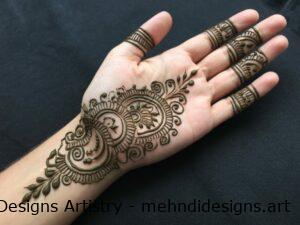
Explore royal front hand mehndi designs with symmetrical patterns, jali work, mandalas, and peacocks—perfect for weddings and traditional celebrations.
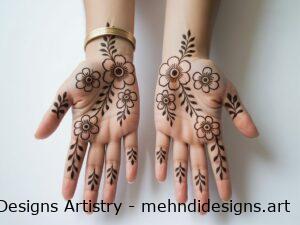
Flower mehndi designs for front hands offer elegant, versatile patterns featuring roses, lotuses, and vines—perfect for weddings, festivals, or everyday beauty.
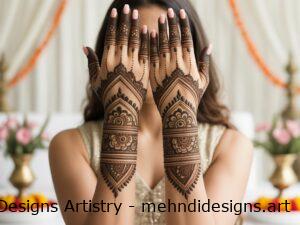
Discover stunning stylish full hand mehndi design ideas, from traditional florals to modern geometric and Arabic patterns. Perfect for weddings, festivals, and fashion-forward looks.

Explore stunning mehndi design images featuring intricate patterns, minimalist styles, Arabic designs, and bridal inspiration—perfect for every occasion.
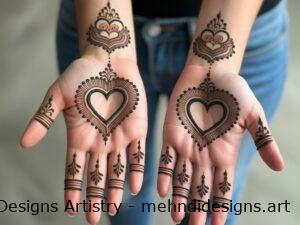
Explore heart mehndi designs with romantic patterns, from classic centers to half-heart pairs—perfect for weddings, engagements, and love-filled occasions.

Explore beautiful lotus mehndi designs featuring symmetrical flowers, mandalas, and paisleys—perfect for weddings and festivals, symbolizing purity and new beginnings.
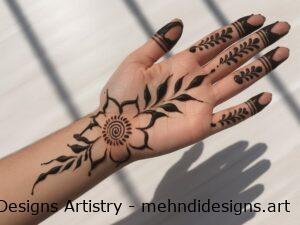
Discover the beauty of simple Mehndi designs with easy, elegant patterns perfect for beginners and minimalist styles. Explore floral, mandala, and modern motifs.
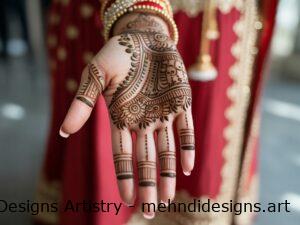
Discover 40 stunning Dulhan Mehndi Design styles for brides, from traditional motifs to royal and modern patterns that celebrate love, culture, and beauty.
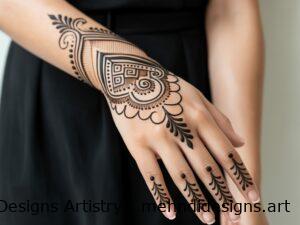
Explore stylish mehndi designs with geometric patterns, florals, mandalas, and minimalist chic—perfect for modern, elegant, and unique henna art expressions.

Left hand mehndi design ideas featuring floral motifs, mandalas, peacocks, and modern styles. Explore elegant and symbolic patterns perfect for any occasion.
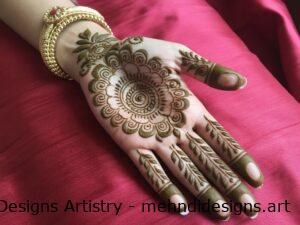
Explore stunning bridal mehndi design front hand patterns, featuring intricate details, traditional motifs, and elegant styles for the perfect wedding look.

Explore royal front hand mehndi designs with symmetrical patterns, jali work, mandalas, and peacocks—perfect for weddings and traditional celebrations.

Explore 10 beautiful Easy Front Hand Simple Mehndi Design styles that are easy to apply, beginner-friendly, and perfect for festive, bridal, or everyday occasions.

Explore beautiful palm mehndi designs, from floral mandalas to Arabic trails and modern minimalism—perfect for weddings, festivals, or everyday elegance.

Explore beautiful lotus mehndi designs featuring symmetrical flowers, mandalas, and paisleys—perfect for weddings and festivals, symbolizing purity and new beginnings.
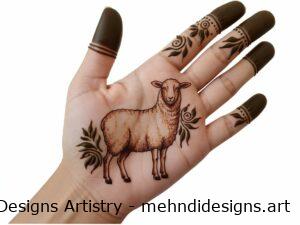
Explore adorable sheep mehndi designs perfect for Eid and kids, featuring cartoon motifs, minimalist outlines, and festive elements for a fun and creative look.
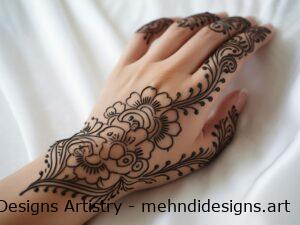
Discover elegant Arabic mehndi designs for the back hand, featuring floral vines, paisley patterns, and bold motifs perfect for weddings and festive occasions.
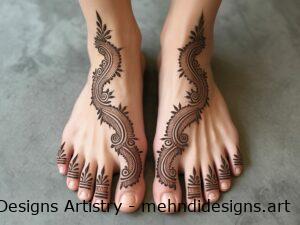
Explore elegant and traditional feet mehndi designs, from bridal motifs to modern minimal styles, perfect for weddings, festivals, and special occasions.
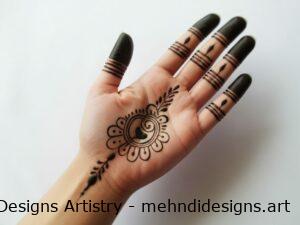
Easy front hand mehndi designs offer quick elegance with simple floral trails, mandalas, vines, and Arabic patterns—perfect for beginners and festive looks.

Explore stunning bridal mehndi design front hand patterns, featuring intricate details, traditional motifs, and elegant styles for the perfect wedding look.
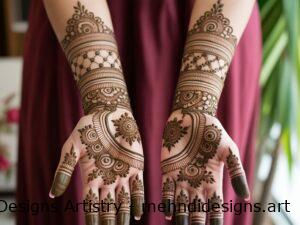
Discover stunning wedding mehndi designs, from traditional bridal patterns to modern minimalist styles, perfect for hands, feet, and every wedding celebration.
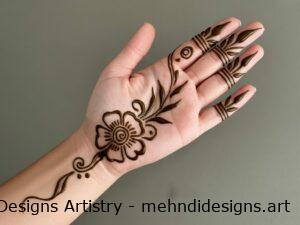
Explore the beauty of Modern front hand mehndi design with sleek patterns, minimalistic styles, and contemporary motifs ideal for every occasion.
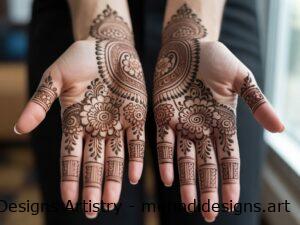
Explore stunning Mehndi designs for hands—perfect for weddings, festivals, or daily charm. Free ideas to inspire your next henna look!
Discover stunning mehndi design images featuring floral, bridal, Arabic, and modern styles to inspire your next henna creation. Perfect for weddings, festivals, and everyday beauty.
Right hand mehndi design ideas featuring traditional florals, Arabic patterns, mandalas, and bridal styles. Perfect for weddings, festivals, and modern looks.
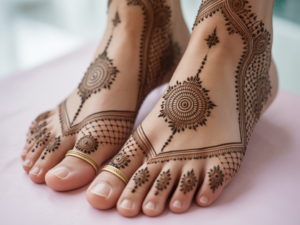
Discover 10 stunning henna mehndi designs for every occasion. From intricate bridal patterns to minimal modern looks, find inspiration for your next beautiful mehndi style.
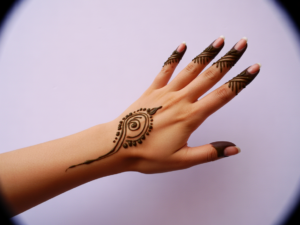
Explore 10 beautiful and easy back hand mehndi designs for weddings, festivals, and everyday wear. Simple yet elegant patterns for all occasions.

The butterfly mehndi design is versatile, romantic, and perfect for anyone who wants a fresh, creative twist on traditional mehndi art.
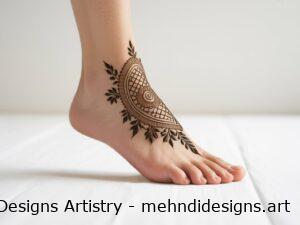
Discover beautiful and easy foot mehndi design ideas for weddings, festivals, and daily wear. Explore simple patterns that bring elegance to your feet effortlessly.
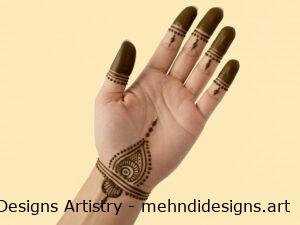
Discover 10 short mehndi designs — quick, minimal, and beautiful patterns for hands and feet. Perfect for fast application and elegant style.
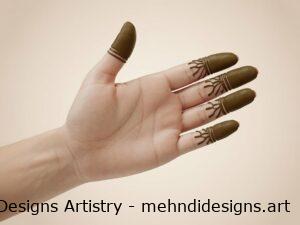
Explore 10 easy simple finger mehndi designs—quick, delicate, and perfect for beginners or minimalists. Beautiful henna ideas for casual and festive wear.
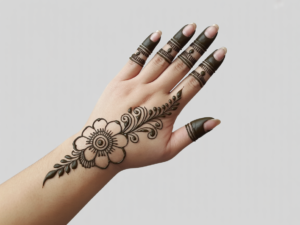
Explore 10 mehndi designs that are easy and simple — perfect for beginners, quick occasions, and minimal style lovers. Elegant, fast, and beautiful!
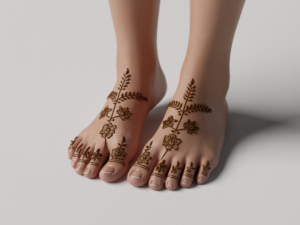
Discover 10 simple mehndi designs for feet — elegant, minimal, and beginner-friendly. Perfect for weddings, festivals, or everyday charm.
Hello and welcome! I'm Aaradhy Asharma, a professional Mehndi artist with a deep love for the intricate beauty and cultural richness of henna designs. At MehndiDesigns.art, I aim to bring your ideas to life through elegant, personalized mehndi artwork for all occasions — from bridal ceremonies to festive celebrations.
Henna is more than just an art form to me — it's a soulful expression of culture, emotion, and identity. With years of hands-on experience and countless happy clients, I've refined my craft into something I'm proud to share with the world. Whether you're looking for traditional Indian mehndi, modern Arabic designs, or something uniquely personal, I'm here to turn your vision into a beautiful reality.
Every design is created with care, using 100% natural henna that's safe for your skin and rich in color.
Visit the Gallery to see some of my best mehndi designs — from intricate bridal artwork to minimalist modern styles. Let the designs speak for themselves!
Ready to add a touch of beauty and tradition to your event? Contact me today through the booking section or reach out via social media:
Let's create something beautiful together — one stroke at a time.
Yes! You can download many designs for free. Just click on the one you like and follow the instructions to save it.
Yes, they are free for personal use. If you want to use them for business or commercial purposes, please contact us first.
Yes, you can use them for personal or event work. But if you're going to sell the designs or print them in bulk, you'll need our permission.
We upload new designs every days— from simple patterns to bridal and festival styles.
Yes! If you have an idea or need a design made just for you, email us at [email protected].
Sure! Just remember to give credit by tagging #mehndidesigns.art or linking to our website.
Yes! We have easy designs for beginners and more detailed ones for experienced artists.
Yes. Most designs are in high quality, ready for printing — perfect for practice or showing your clients.
You can email us at c[email protected] or use the contact form on the website. We're happy to hear from you!
Avoid Water: After applying Mehndi, avoid washing your hands for at least 6-8 hours. The longer you keep the paste on, the darker the stain will be.
Let the Henna Dry Naturally: Allow the henna to dry naturally. If you need to speed up the drying process, you can let it air dry or use a hair dryer on the cool setting.
Apply Lemon-Sugar Mixture: Once the paste is dry, apply a mixture of lemon juice and sugar. This helps set the design and enhances the color.
Keep the Design Warm: Henna darkens better in warmth. After removing the paste, wrap your hands in plastic or gloves to keep them warm for a few hours.
Avoid Scrubbing: Do not scrub or wash the area with soap for 24 hours after the paste is removed. Gently wipe away any excess paste.
Moisturize with Oil: After the henna is removed, apply coconut oil or olive oil to keep the skin hydrated, which helps the color last longer.
Avoid Direct Sunlight: Try not to expose the henna to direct sunlight, as it can lighten the stain faster.
Start with Basic Shapes: Practice drawing lines, dots, and basic shapes like flowers and paisleys.
Use Paper for Practice: Before applying on skin, practice on paper to improve hand stability.
Watch Tutorials: Learn from online videos or social media for tips and new techniques.
Practice Regularly: Dedicate time each day to practice. Start with simple designs and progress to more intricate patterns.
Experiment with Styles: Try different styles like Arabic, Indian, and Moroccan to find what suits you.
Learn from Experts: Join workshops or follow professional artists for guidance and inspiration.
There are various types of Mehndi designs, each with its own unique style and pattern. Here are the most popular types:
Characteristics: Known for its bold and dark designs with floral and leafy motifs. Arabic Mehndi often features large, bold patterns and is less intricate than Indian designs.
Designs: Floral motifs, vines, swirls, and paisleys.
Characteristics: Intricate and detailed designs with fine lines, shapes, and patterns. Indian Mehndi focuses on elaborate detailing and is often used for weddings and festivals.
Designs: Paisleys, peacocks, mandalas, and flowers are commonly used.
Characteristics: Geometric and symmetrical patterns that feature strong lines and shapes. Moroccan designs are minimalistic and can include bold lines, diamonds, and spirals.
Designs: Geometric shapes, diamonds, and checkered patterns.
Characteristics: Similar to Indian Mehndi but often more detailed. Pakistani designs are typically very intricate and use floral, paisley, and traditional motifs.
Designs: Detailed floral patterns, peacocks, mandalas, and fine lines.
Characteristics: Inspired by African tribal tattoos, these designs are bold and usually feature symmetrical geometric patterns.
Designs: Geometric patterns, lines, and dots.
Characteristics: Modern and often features bolder, larger designs that are more artistic and free-flowing. It includes simple, elegant designs, often using black henna.
Designs: Mandalas, dreamcatchers, and feathers.
Characteristics: A more elaborate version of Arabic Mehndi, this design is typically applied for weddings and special occasions. It covers large portions of the hands and feet.
Designs: Intricate floral patterns, peacocks, and lots of fine detailing.
Characteristics: These designs are not as intricate as traditional Mehndi. They are perfect for people who prefer subtle and lighter designs.
Designs: Small flowers, hearts, or minimal geometric patterns.
Characteristics: Rajasthani designs are detailed and heavily influenced by Indian culture. These designs typically have motifs like elephants, camels, and traditional symbols.
Designs: Intricate floral motifs, peacock, and animal designs.
Characteristics: Focuses on nature elements like leaves, vines, flowers, and trees.
Designs: Leaves, vines, birds, and trees.
Characteristics: Extremely detailed and elaborate, applied for weddings. It covers a large portion of the hands, feet, and arms.
Designs: Floral motifs, peacocks, bride and groom figures, and symbols of prosperity.
Characteristics: Combines various styles of Mehndi, such as Indian, Arabic, and Western, into one design. This modern approach results in unique and creative patterns.
Designs: Mixing geometric shapes with florals and intricate detailing.
Gather Materials: You’ll need henna powder, a Mehndi cone, essential oils (like eucalyptus), lemon-sugar mixture, and cotton swabs for detailing.
Prepare the Henna Paste: Mix henna powder with lemon juice and essential oils, then let it sit for a few hours. The paste should be smooth but not too runny.
Clean and Dry Skin: Clean the area where you’ll apply the design, ensuring it’s completely dry.
Start with Basic Patterns: Begin by drawing simple shapes like lines, dots, and spirals as your base design.
Add Details: Once your base design is done, add smaller details like curls, petals, and leaves. Make sure the design is balanced and symmetrical.
Fill Spaces and Add Depth: Fill in gaps with shading or thicker lines to add texture.
Let It Dry: Let the henna dry for 15-20 minutes, and then apply a lemon-sugar mixture to set the design.
Wait for the Henna to Stain: Allow it to sit for 2-3 hours or overnight. The stain will darken after removal.
Remove Henna: Gently scrape off the dried henna with your fingers. Avoid using water initially.
Aftercare: To darken the stain, apply coconut oil after the henna has set. Avoid washing the design for the first 24 hours.
Mehndi designs are decorative patterns made with henna, usually applied on hands and feet for special occasions like weddings and festivals.